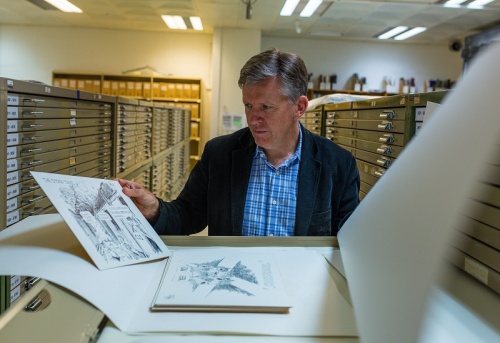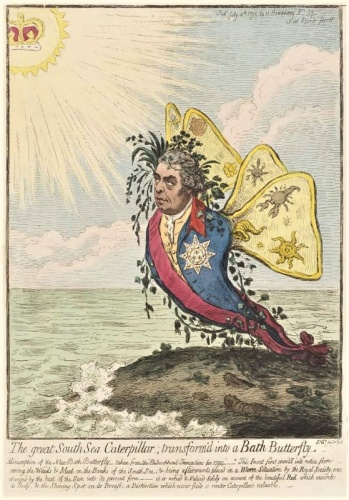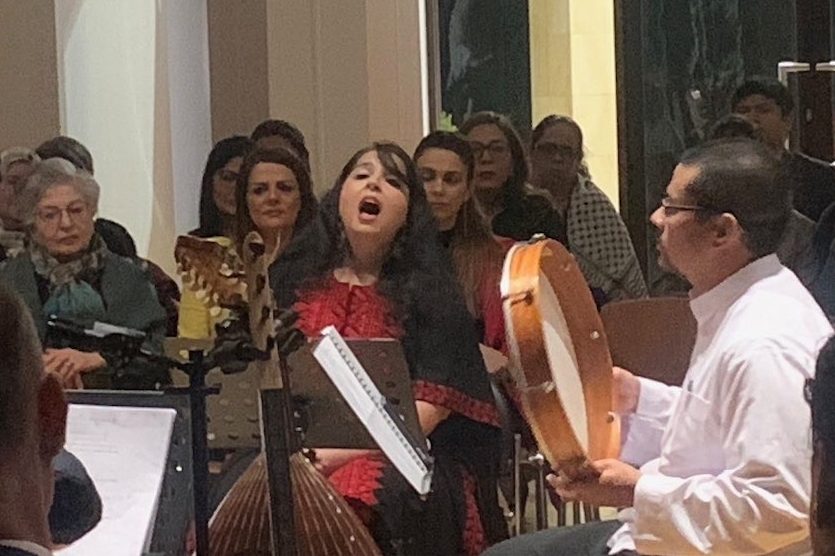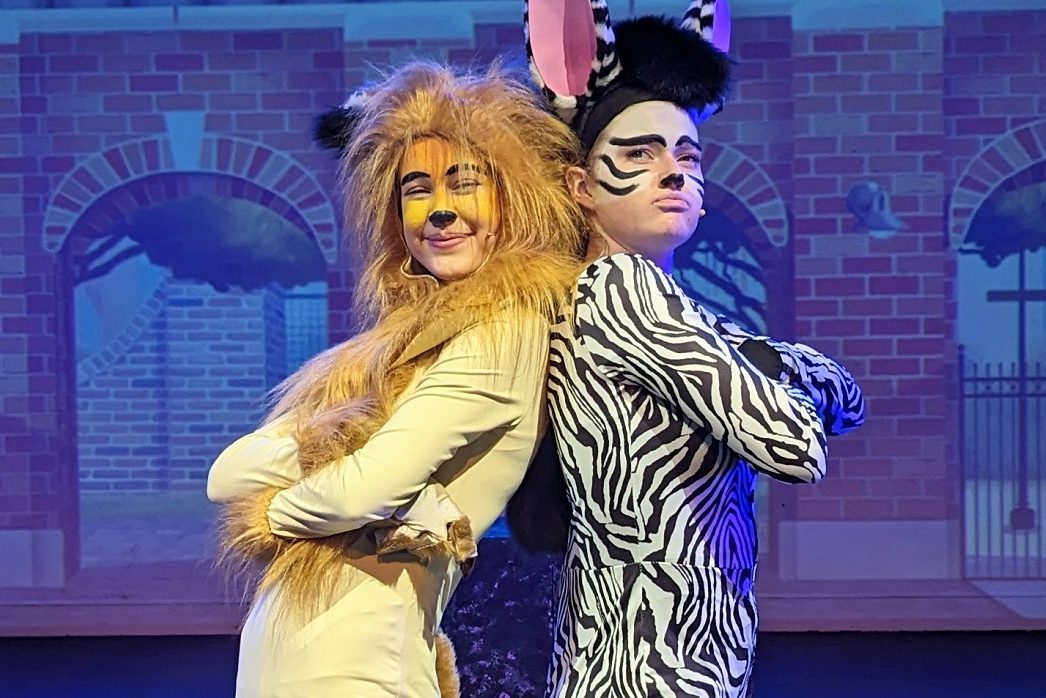
THE new “INKED” exhibition of cartoons at the National Library of Australia couldn’t be more different from the exhibition of political cartoons shown at the Museum of Australian Democracy each year.
Not that curator and cartoon tragic Guy Hansen, has any problems with that show “Behind the Lines”, having worked on it at the National Museum, where it was called “Bringing the House Down”, but those exhibitions relate to the immediate past year of cartooning and not to its broader spectrum.
Now the library is able to unveil some of its extraordinary collection of more than 14,000 cartoons from 1788 to the present, to show the evolving Australian “larrikin” character and a bit about how the Georgian world of England viewed its newest colony.

Hansen takes “CityNews” on a walk through the exhibition, expressing the hope that the exhibition will show “the pattern of Australian cartoons as they relate to history”. He’s divided them into sections such as “Bound For Botany Bay”, “Young Australia”, “War”, “Stop Laughing, This Is Serious”, “Cartooning In The 21st-Century” and “The Big Picture”.
Right near the entrance, summing up the art of cartooning, is Stan Cross’s famous 1933 cartoon, “For gorsake stop laughing: this is serious”.
Hansen is under no illusion that cartooning is a practice confined to western nations, noting the role that the art form has played in social and political movements in Eastern Europe and indeed all around the world. But he does concedes that in in Australia it’s been possible for cartoonists to be very free and in the case of Larry Pickering, even push the public to the edge of what is possible.
The first part, “Bound for Botany Bay”, will probably surprise most viewers as it did this one. Cartooning came with the First Fleet from Georgian England, where they were all the rage. The public couldn’t get enough of the beautifully coloured caricatures on sale, many distinctly on the edgy side, like John Boyne’s “Noncommissioned Officers Embarking For Botany Bay, 1786″, showing the dissolute Prince of Wales being shipped out to the colonies or “The Arrest Of Governor Bligh” shows William Bligh being pulled out from under a bed by member of the Rum Corps.
Nobody was sacred. “The Great South Sea Caterpillar, Transformed into a Bath Butterfly”, by the top cartoonist of the era, James Gillray, shows the mighty Joseph Banks now urbanised.
A much-lauded historical turning point is showing its true light in Herbert Cotton’s image of “Federated Australia” personified as a graceful woman kneeling at the feet of Queen Victoria, while serious artist, Norman Lindsay and Will Dyson, joined the anti-German propaganda line-up of significant artists-turned cartoonists in war-time. Hansen notes that it was also the wartime cartoon which created the image of the larrikin digger.
Leading cartoon outlets Melbourne and Sydney “Punch” had cartoonists who delighted in caricaturing politicians. Sir Henry Parkes was a key target for another outlet, “The Bulletin”, while in the same publication, David Low specialised in capturing the antics of Billy Hughes, “The Little Digger”.
American-born cartoonist Livingstone Hopkins or “Hop” was another notable figure with “The Bulletin”, introducing the device of the everyman character of “The Little Boy from Manly” into most of his cartoons.
The exhibition, Hansen believes, traces the increasing sophistication of Australian cartoonists, many of whom, as well as being trained in visual arts also had experience in the law and were highly politically engaged.
Moving into more contemporary times, half-forgotten names are included, like George Molnar and Emile Mercier, whose astute social observations of Australian life graced the pages of the “SMH” and the “Melbourne Herald” for many years. All are analysed in Hansen’s entertaining and thoroughly erudite catalogue, well worth a read.
They’re all there – Judy Horacek, Cathy Wilcox, Alan Moir, Bruce Petty, in-year-face cartoons by Martin Sharp, philosophical reflecting by Michael Leunig, and a favourite for Hanse, Bruce Petty’s three dimensional “machines”, metaphors for complex ideas. Some of them are heard reflecting on the reasons for doing what they do in and in a lounge-chair audio installation just outside the main gallery.
“Inked: Australian Cartoons”, daily at the National Library of Australia, until July 21
Who can be trusted?
In a world of spin and confusion, there’s never been a more important time to support independent journalism in Canberra.
If you trust our work online and want to enforce the power of independent voices, I invite you to make a small contribution.
Every dollar of support is invested back into our journalism to help keep citynews.com.au strong and free.
Thank you,
Ian Meikle, editor




Leave a Reply